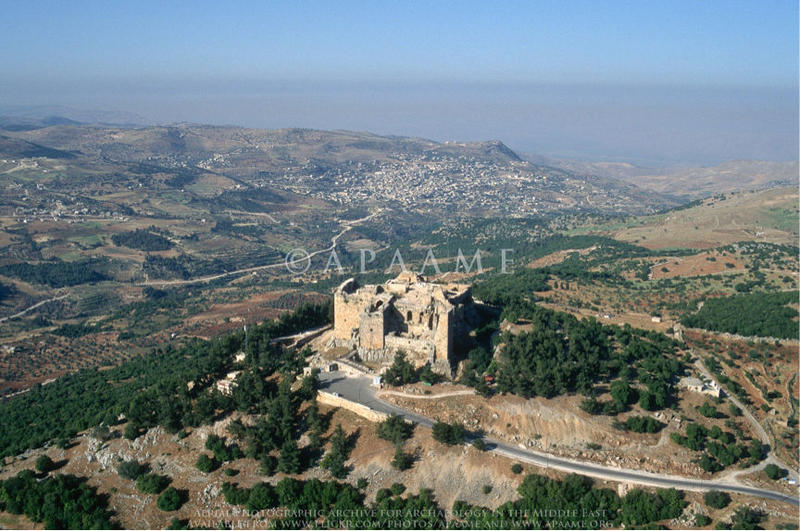Posted 22/6/2015
Nichole Sheldrick ponders What’s in a Word: Terminology and the Database
The purpose of the EAMENA project is not only to identify and record damage to archaeological sites but also, ultimately, to make that information available through an open-access database. With that in mind, the construction of the database has been a primary concern since the project started, and over the past few weeks in particular, the team has had several discussions, both formal and informal, about our vision for it.
One of the fundamental aspects of the database that we are currently working on is the terminology that we will use to describe the archaeology that we record. The EAMENA project covers a vast geographic area, spanning 20 different countries, with an enormous and complex variety of sites ranging from the Palaeolithic until recent times. The challenge, therefore, has been to compile a list of terms that reflects this diversity in a way that will be useful to academic specialists and heritage professionals working in various parts of the region, while still ensuring that the database will be easy to understand and be useful for a wide audience.
The members of our team come from a wide range of archaeological backgrounds and most of us have had various levels of experience with constructing and using other databases, giving us an enormous and fantastically diverse pool of knowledge and experience upon which to draw. However, what this has also meant is that almost all of us began with very different ideas and preconceptions about the database, the types of information that will go into it, and how it should be organised. This has led to a great deal of interesting and lively debate about what terminology is and is not essential, how general or specific that terminology should be, how certain terms should be used and in some cases, what they even mean.
For instance, a great deal of discussion centred around whether we should call the features in the image below cairns or mounds. What, if anything, is the difference between the two terms? Is a cairn simply a type of mound or are they completely distinct? Depending on who, or sometimes even when you ask, the answers to these questions, differ rather widely.
A building like the one in the next photo might be described as a fort, a fortress, castle, or qasr, depending on the source, the region or time period to which it belongs. But do these terms all mean the same thing? If not, what are the differences, and are those differences distinguishable in our main sources of information, i.e. satellite imagery and aerial photographs?

Ajlun/Qala’at er-Rabad, Jordan (APAAME_19980520_DLK-0082)
These types of variations in terminological conventions were, of course, not unexpected and there are a number of valid reasons why they exist in the first place and continue to be useful. However, if our database is going to be used successfully across the whole of the Middle East and North Africa, a degree of standardisation is necessary.
With this in mind, we have been negotiating our way through these many different terminologies and typologies, in an attempt to bring them together in a logical way without sacrificing important and significant information. This has been, and continues to be, a complex, not to mention sometimes confusing and frustrating task. Nevertheless, it has also been enormously rewarding and illuminating for the team, as we have all been forced to think critically about the terminology that we all take for granted in our own fields of study, as well as learning from each other about the archaeology of places and periods to which we perhaps had not given much thought before.